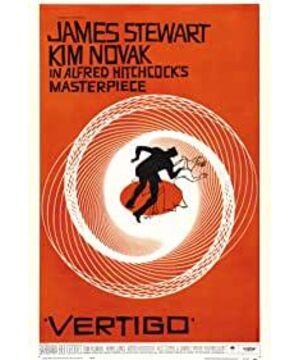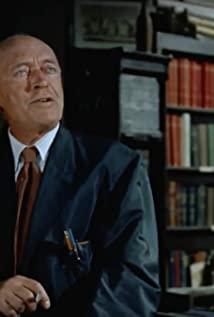In this psychodrama, Hitchcock replaces pure suspense with bitter emotions and twisted motives; and the absence of humor makes Scottie's ruthless destiny darker and more heartbroken. Hitchcock placed universal emotions, such as fear, guilt, and lust on ordinary people, and refined them into classic images that surpass language.
The peak of technological production,
Hitchcock’s films, especially this "Victorius", influenced a whole generation of filmmakers, from Martin Scorsese to Brian de Palma to David Lynch. Many critics believe that the film is the greatest achievement of the master of suspense. From a technical point of view, "Victorius" represents the peak of the director in terms of form. It is a breakthrough in film production techniques, including the first use of Dwarf Turning a car to move the camera, maintain the focal length of the object, and quickly adjust the photographic technology of the near and far lens.
Scotty's vertigo lens is actually Hitchcock's innovation in imaging: in order to express Scotty's vertigo, the camera is moved backward while the focal length of the lens is pulled forward, thereby creating a sense of disorientation and vertigo. . This method of describing the psychology of acrophobia has become a classic lens with a high rate of imitation, and it has been repeatedly used by later people. The film focuses on slow and accurate grasp of the effect of creating vertigo, rather than the rapid rotation that people expect. Robert Burks’ photography has never been hurried, but in this film, even the most ordinary images hide grotesque anxiety. In the treatment of Scotty's nightmare, Hitchcock once again borrowed from the expressionist method, the light and shadow and the color cleverly rendered the atmosphere. Then the assumption of the person in the painting appeared, the petals of the animation effect were shattered, and the close-up of the face was terrified. These extremely surreal expressions were shocking.
The control of women in Hitchcock movies
Hitchcock is known to be the director with the strongest desire for control, especially in the area of actresses. The female characters in his films repeat the same characteristics over and over again: blond and blue eyes without exception; they are indifferent and alienated; they are all dressed in fashionable and valuable clothing; they have a certain physical or psychological A man with such a disorder has a hypnotizing charm; it will be sooner or later that every Hitchcock woman will be humiliated. In his films, Hitchcock repeatedly causes the women in his works to walk through the quagmire of symbolic humiliation, soiling their hair and clothes, as if whipping his own idol.
"Victorius" is one of Hitchcock's two or three best works, and is the most frank and confessional of his "art of control". "Victorius" is a work about how Hitchcock uses, fears, and tries to control women. Hitchcock’s self is presented by the actor Scottie in the film, a man with a fear of heights and back problems. This person is in love with the illusion of a woman. This illusion is not any woman. It's the essence of the Hitchcock woman. When he couldn't have her, he found another woman and tried to transform her, dress her up, train her, change her makeup and hair until she looked like the woman he longed for. He didn't care about the materials he used to shape his body; he would happily sacrifice this substitute on his dream altar.
View more about Vertigo reviews











